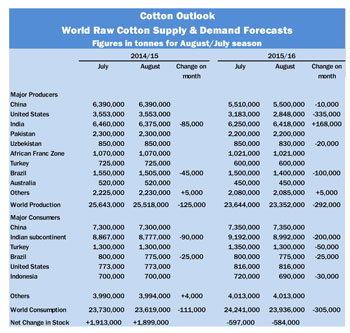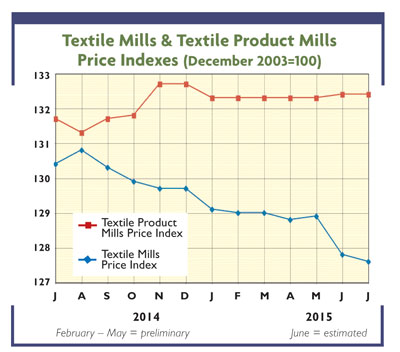HUNTERSVILLE, N.C. — August 18, 2015 — Microban® International (MBI), a leader in antimicrobial solutions, is seeing strong success with its ZPTech™ technology, with growth in sales of more than 130 percent in the last five years and the addition of more than 60 brand partners. ZPTech is a wide-spectrum antimicrobial, effective against not just bacteria, but also, the growth of fungi including mold, mildew and algae. It is designed for a wide variety of products in the home including kitchen gadgets, flooring, building insulation, and textiles, in addition to public spaces including restrooms, airports, subways, restaurants, hotels and gyms. Consumer brands California Innovations, InterMetro, Koala Kare, Rubbermaid and Venture Products use ZPTech in products such as coolers, diaper changing stations, kitchen and bath storage products and yoga mats respectively.
“ZPTech is very effective against bacteria, mold and mildew and is more cost effective than copper technologies,” said Kevin Parrish, vice president of business development at Microban. “In addition, it is extremely durable with a long history of safety, which is appealing to manufacturers, especially as consumers are more sensitive to the ingredients in products they use every day.
Microban’s engineers develop customized formulations of ZPTech for each end product. The formulations are tested with each manufacturers’ own polymers both for antimicrobial effectiveness and to ensure that ZPTech will not degrade the aesthetics or function of the product.
“The average American spends $42 per month on household cleaning supplies,” said Carolina Gomez, brand manager, Rubbermaid®. “This is more than they spend on cable TV, cell phones, personal care or even pets trying to eliminate bacteria and fungi from their environments. Microban worked with us to make ZPTech integration as simple and seamless as possible without disruption to our existing manufacturing processes. The result is a durable, effective product that gives consumers the confidence they are demanding.”
“By adding Microban, Venture Products was able to gain a competitive advantage,” said Steven Fischer, partner at Venture Products. “By joining forces with Microban, we were able to gain shelf space and increase distribution for our yoga mats in an increasingly price competitive category by prominently featuring Microban antimicrobial protection as a compelling point of difference.”
Microban is continuing to develop new technologies for polymers at its state-of-the art microbiology lab. One of the industry’s leading bacteria and mold testing labs, the microbiologists at Microban test over 40,000 samples annually using industry standard testing methods designed for a wide range of product substrates and antimicrobial technologies.
“As the world’s most recognized brand of baby changing stations and commercial childcare products, antimicrobial protection is of the utmost importance,” said Bonnie Yatkeman, marketing category manager at Koala Kare Products. “With Microban’s assistance, we were the first to introduce a commercial baby changing station with antimicrobial product protection to the market, addressing important cleanliness concerns. Microban technology works continuously to keep Koala Kare changing stations and booster chairs protected between cleanings.”
Posted August 18, 2015
Source: Microban International






